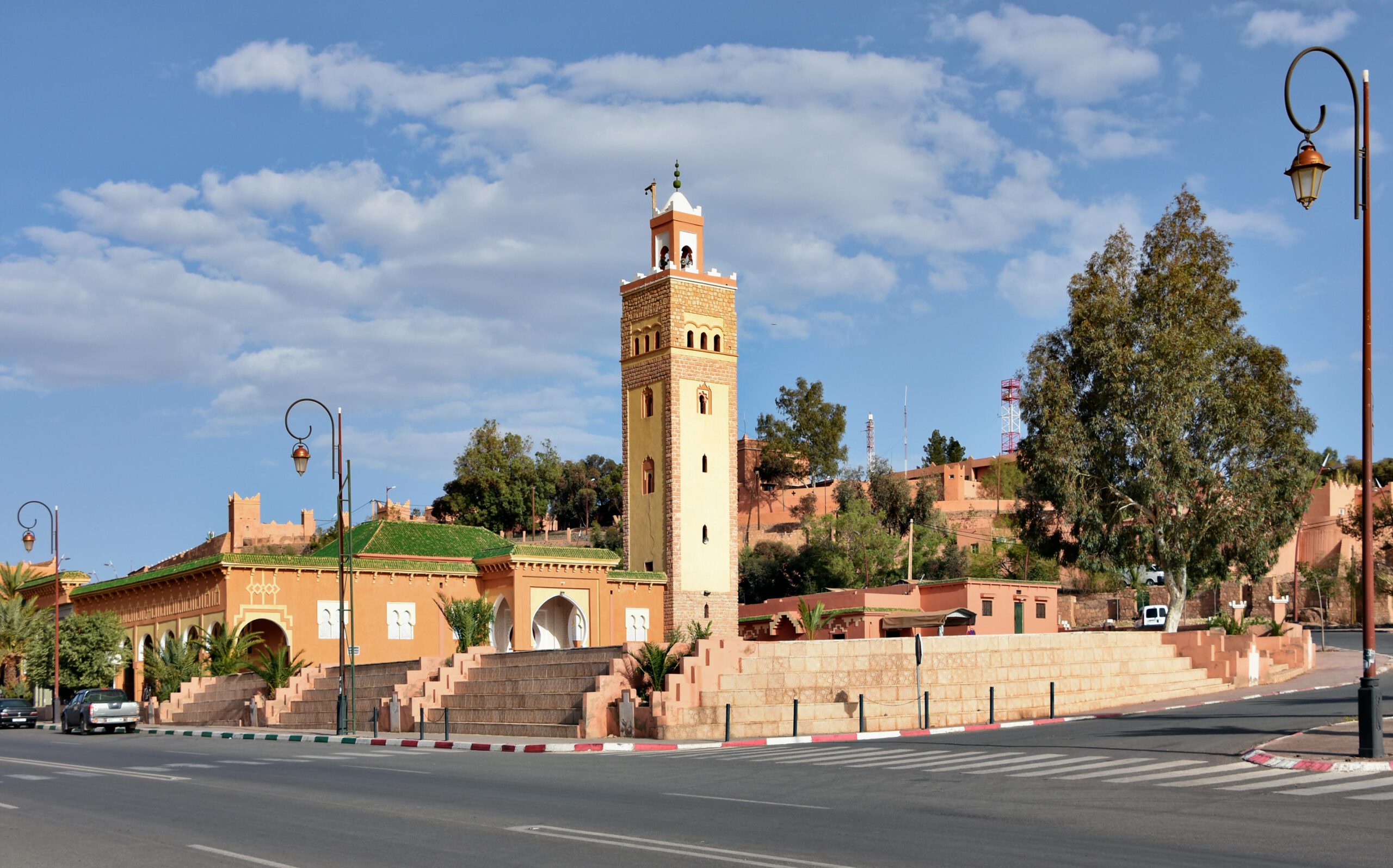Somalia’s nomadic culture is a profound testament to the resilience and adaptability of its people. Rooted in centuries-old traditions, the nomadic way of life continues to be a defining aspect of Somali identity despite the challenges faced in the modern world. This article explores the essence of Somali nomadic culture, examining daily life, social structures, oral traditions, and the contemporary challenges that impact this way of life.
Nomadic Lifestyle
Daily Life and Survival Strategies
The nomadic lifestyle of the Somali people is characterized by a deep connection to the land and a dynamic way of living that revolves around movement and adaptability.
Pastoralism
- Cattle, Goats, and Camels: Somali nomads primarily herd cattle, goats, and camels, which are central to their livelihood. These animals provide essential resources such as milk, meat, and hides, which are vital for sustenance and trade.
- Seasonal Migration: Nomadic families move in response to seasonal changes, seeking water and grazing areas for their livestock. This mobility allows them to adapt to the harsh and variable climate of the Somali region.
Shelter and Community
- Traditional Dwellings: Somali nomads live in portable, circular shelters called “aqal,” made from branches and animal skins. These dwellings are easily assembled and disassembled, facilitating their nomadic lifestyle.
- Community Life: Nomadic communities are tightly knit, with social bonds reinforced through shared experiences and mutual support. Family and clan connections are crucial, providing a network of assistance and solidarity.
Survival Strategies
- Water and Food Security: Nomads employ traditional knowledge to locate water sources and manage food supplies. They use techniques such as well-digging and rainwater harvesting to ensure survival during dry periods.
- Trade and Exchange: Trade plays a significant role in the nomadic economy. Nomads exchange livestock and products with settled communities, obtaining items they cannot produce themselves.
Clan System
Social Structure and Its Impact
The clan system is a fundamental aspect of Somali society, shaping social interactions, governance, and cultural practices.
Clan Organization
- Clan Lines: Somali society is organized into clans, which are further divided into sub-clans and lineages. Each clan has its own social norms, leadership structures, and territory.
- Role in Governance: Clans play a crucial role in local governance and conflict resolution. Traditional elders, known as “sultans” or “sheikhs,” mediate disputes and make decisions based on customary law.
Impact on Culture
- Social Cohesion: The clan system fosters a strong sense of identity and belonging. Clan affiliations influence social relationships, marriage alliances, and community support.
- Cultural Traditions: Clan-based traditions and practices, including ceremonies and rituals, are integral to preserving Somali cultural heritage. These practices are often passed down through generations, maintaining continuity in the nomadic way of life.
Oral Traditions
Poetry, Storytelling, and Historical Preservation
Oral traditions are central to Somali culture, serving as a means of preserving history, conveying values, and expressing creativity.
Poetry
- Role of Poets: Somali poetry, or “gabayo,” is highly esteemed and serves as a vehicle for expressing social, political, and personal themes. Poets, known as “bariis,” are respected figures who use poetry to comment on contemporary issues and historical events.
- Forms and Themes: Somali poetry encompasses various forms, including elegies, praise poems, and narrative verse. Themes often include heroism, love, and social justice.
Storytelling
- Folktales and Legends: Storytelling is a cherished tradition, with oral narratives passed down through generations. Stories often feature moral lessons, historical accounts, and mythical elements.
- Preservation of History: Through storytelling, Somali nomads preserve their history, cultural practices, and genealogies, ensuring that knowledge is transmitted across generations.
Modern Challenges
Impact of Conflict and Climate Change
Somali nomads face several contemporary challenges that threaten their traditional way of life and overall well-being.
Conflict
- Impact of Civil War: The Somali civil war, which began in the early 1990s, has disrupted traditional nomadic life by causing displacement, loss of livestock, and the breakdown of social structures. Ongoing conflict and instability continue to impact nomadic communities.
- Security Concerns: Nomads often face security risks due to armed clashes and regional instability, affecting their ability to move freely and access resources.
Climate Change
- Drought and Desertification: Climate change has exacerbated drought conditions and desertification in Somalia, leading to reduced water availability and pastureland. These environmental changes threaten the viability of pastoralism and the survival of livestock.
- Adaptation Strategies: Nomads are adapting to climate challenges by diversifying their livelihoods, seeking alternative water sources, and participating in conservation initiatives. However, these strategies often require external support and resources.
Conclusion
Somali nomadic culture is a resilient and dynamic tradition that reflects the enduring strength and adaptability of its people. From the intricacies of daily life and the clan system to the rich oral traditions and modern challenges, the nomadic way of life continues to be a defining feature of Somali identity. Understanding and supporting Somali nomads in their efforts to navigate contemporary challenges is essential for preserving this unique cultural heritage.
Resources
For those interested in learning more about Somali nomadic culture, the following resources provide valuable insights:
- “Somalia: A Nation of Poets” by Saeed Farah: This book offers an exploration of Somali poetry and its role in preserving cultural and historical narratives.
- Reports and Articles from the African Union Mission in Somalia (AMISOM): These documents provide information on the impact of conflict and climate change on Somali communities, including nomadic groups.

